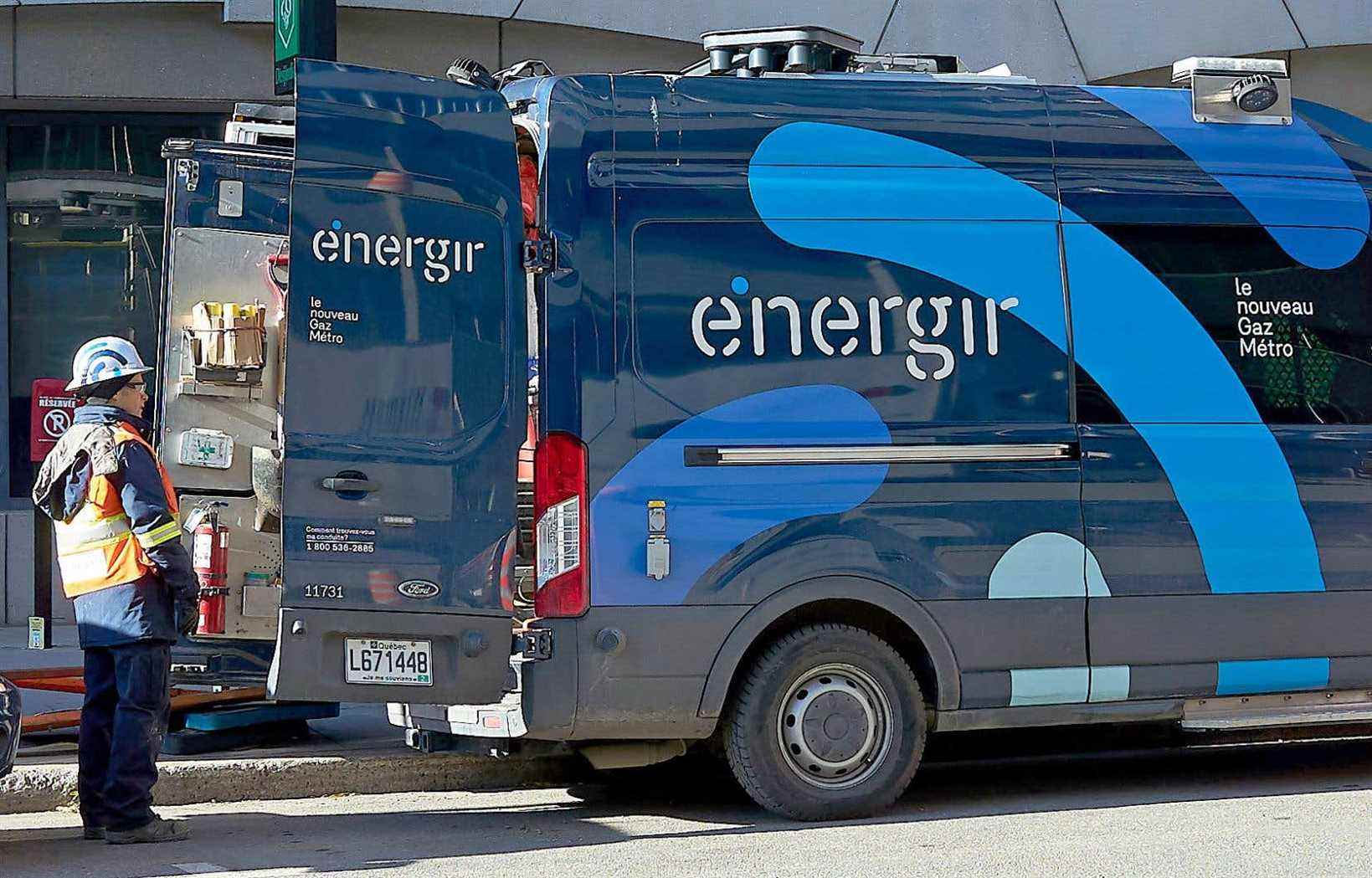Consumers and environmentalists are criticizing an estimated $400 million transfer that Hydro-Québec would make to Énergir to offset the cost of deploying dual-energy systems by 2030, as the Régie de l’énergie begins hearings on the partnership between the province’s two largest energy distributors.
Of the amount transferred from the state corporation to Énergir for the deployment of dual-energy systems that should reduce greenhouse gas (GHG) emissions, 225 million would be “drawn directly from the pockets of Hydro-Québec customers”, according to estimates from the Consumers’ Union published on Monday.
The organization, which defends the rights of consumers, deplores that the financial assistance to Énergir has the effect of increasing the rates of Hydro-Québec customers. “If the goals [de réduction des émissions de gaz à effet de serre] are perfectly justifiable”, notes the Union des consommateurs, the increase in electricity rates is a “regressive” measure which “will certainly penalize the least well-off households”.
For their part, environmentalist groups — Greenpeace, Nature Québec and the Regroupement vigilance carbides Québec — are also opposed to the merger between Hydro-Québec and Énergir. The adoption of dual-energy systems that use natural gas distances Quebec from its ambitions. The replacement of hydrocarbons should, according to them, be based on technologies and equipment that allow more efficient management of peaks in demand.
Similar story from Normand Mousseau, scientific director of the Trottier Energy Institute, associated with Polytechnique Montréal. According to him, the agreement between the two distributors is in itself an admission of failure: “It sends a clear message that Hydro-Québec does not believe in energy transition and the fight against climate change and that it has decided to put the brakes on fundamental transformations. »
“What had to be said is: ‘we are completely getting out of hydrocarbons, and to get there, we are managing the peak'”, he continues. Peak management — a period of high demand for electricity that totals between 100 and 400 hours annually — could be partially offset by an increase in production, according to Mr. Mousseau: “But Hydro-Québec doesn’t want to do it because new supplies are more expensive. »
Cost-effective measures
Another avenue: the implementation of economically profitable measures to reduce energy consumption. “If I replace electric heaters with a heat pump — which can be largely financed by the Chauffez vert program — I can reduce my energy costs by 30%. So, even if I increase my rates by 20% or 25%, it would be at zero cost for these people. »
Last summer, after months of discussions, Hydro-Québec and Énergir signed an agreement to deploy dual-energy systems in the residential, commercial and institutional sectors that run on natural gas. These systems use electricity as the primary energy source, but can be powered by fuel as a backup source in times of high demand.
The two companies want to convert the natural gas heating systems of 100,000 customers to dual energy by 2030, including 40,000 within five years, according to their forecasts.
The agreement would make it possible to “reduce GHGs by 50% in the building sector, quickly and at a good cost”, underlines Catherine Houde, spokesperson for Énergir: “To electrify everything would have a considerable impact on Énergir customers and ‘Hydro-Quebec. »
According to the estimates of the two distributors, it would be necessary to inject 2.6 billion dollars to put in place the infrastructures necessary for complete electrification, while it would cost 1.1 billion for the deployment of dual-energy systems.
In interview at Homework this summer, the Minister of Energy and Natural Resources, Jonatan Julien, said: “For 30% to 40% [de ce que coûterait une conversion totale à l’électrique]we reach a reduction [des GES équivalant à] almost 75% of that of full electrification. »
